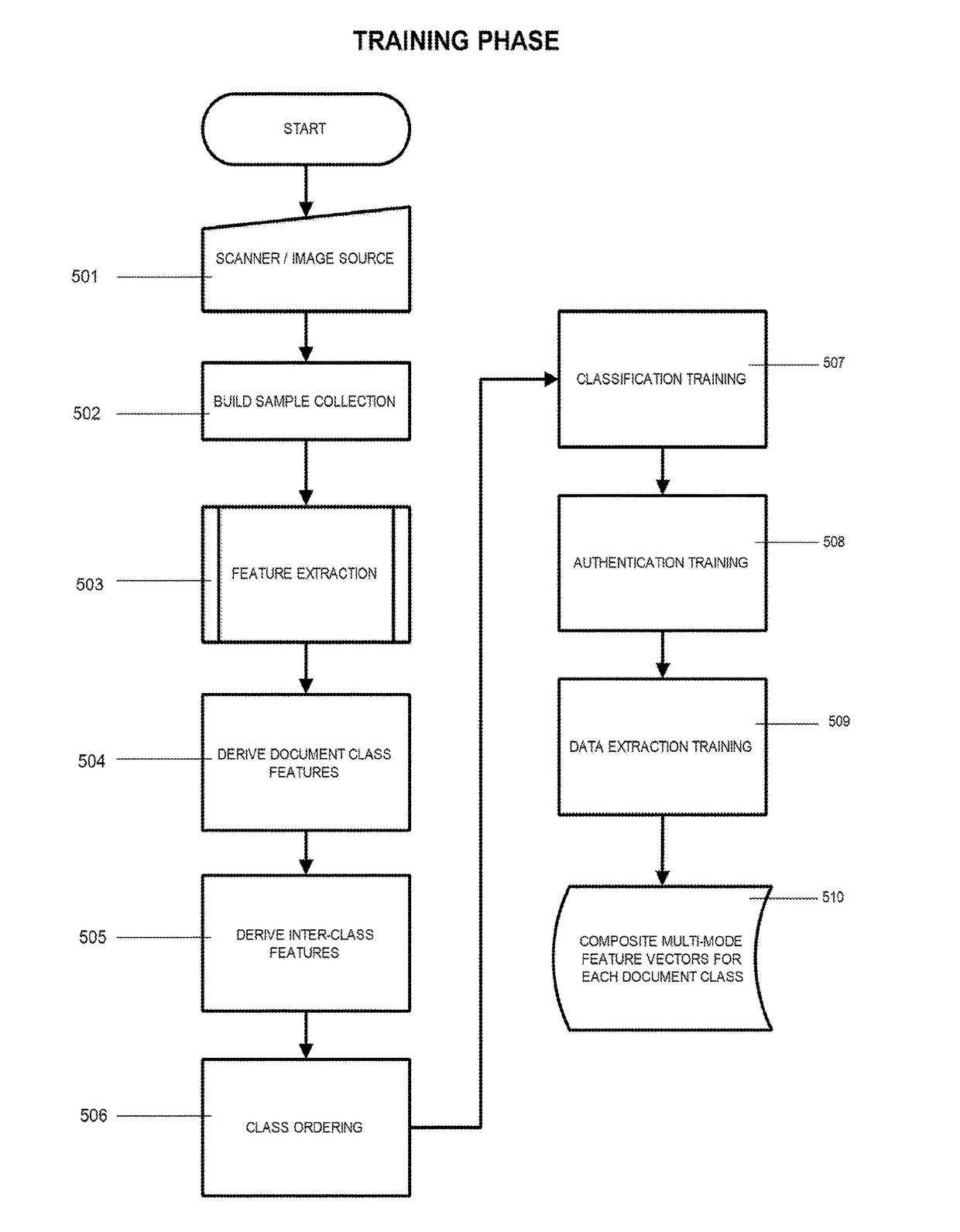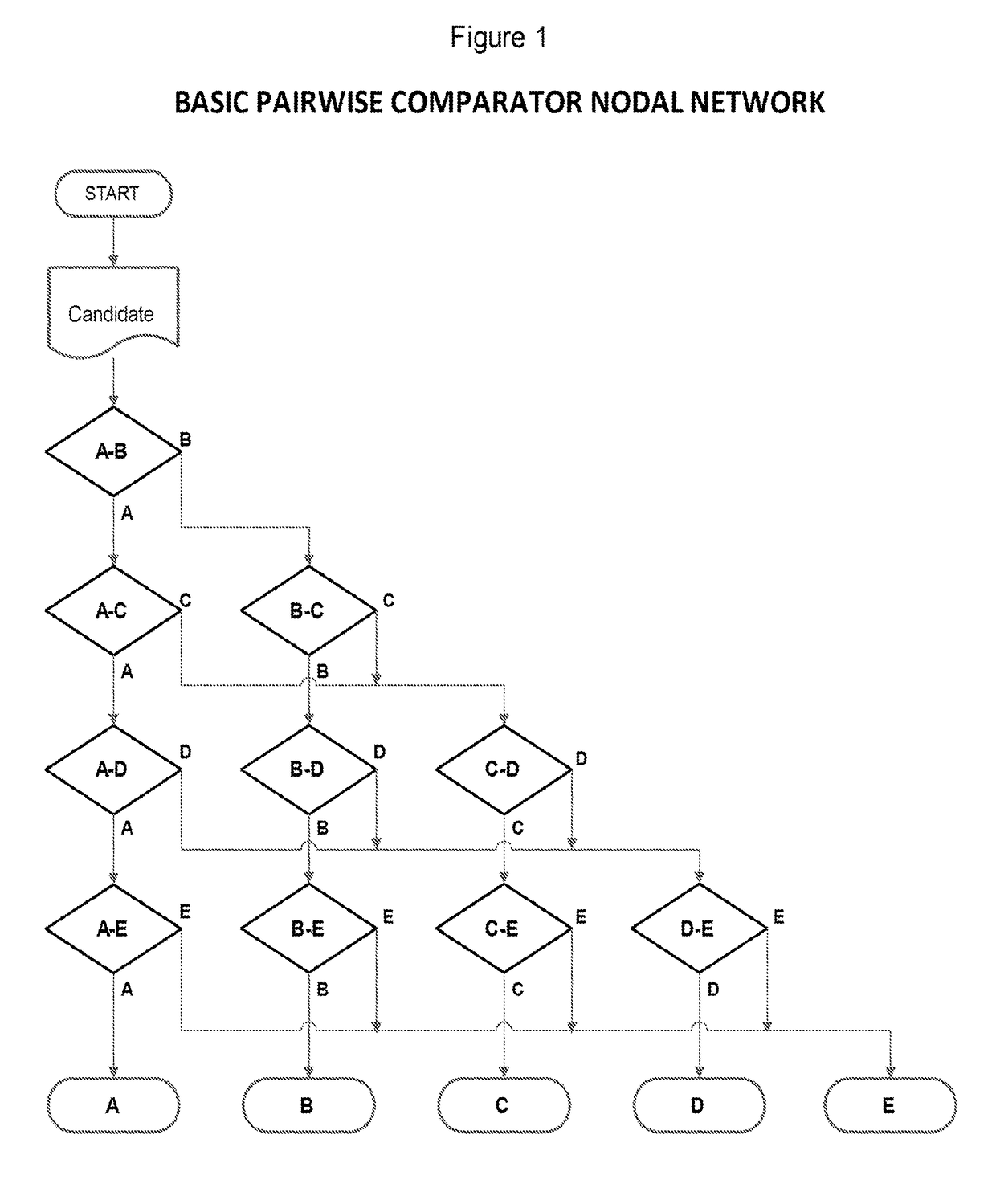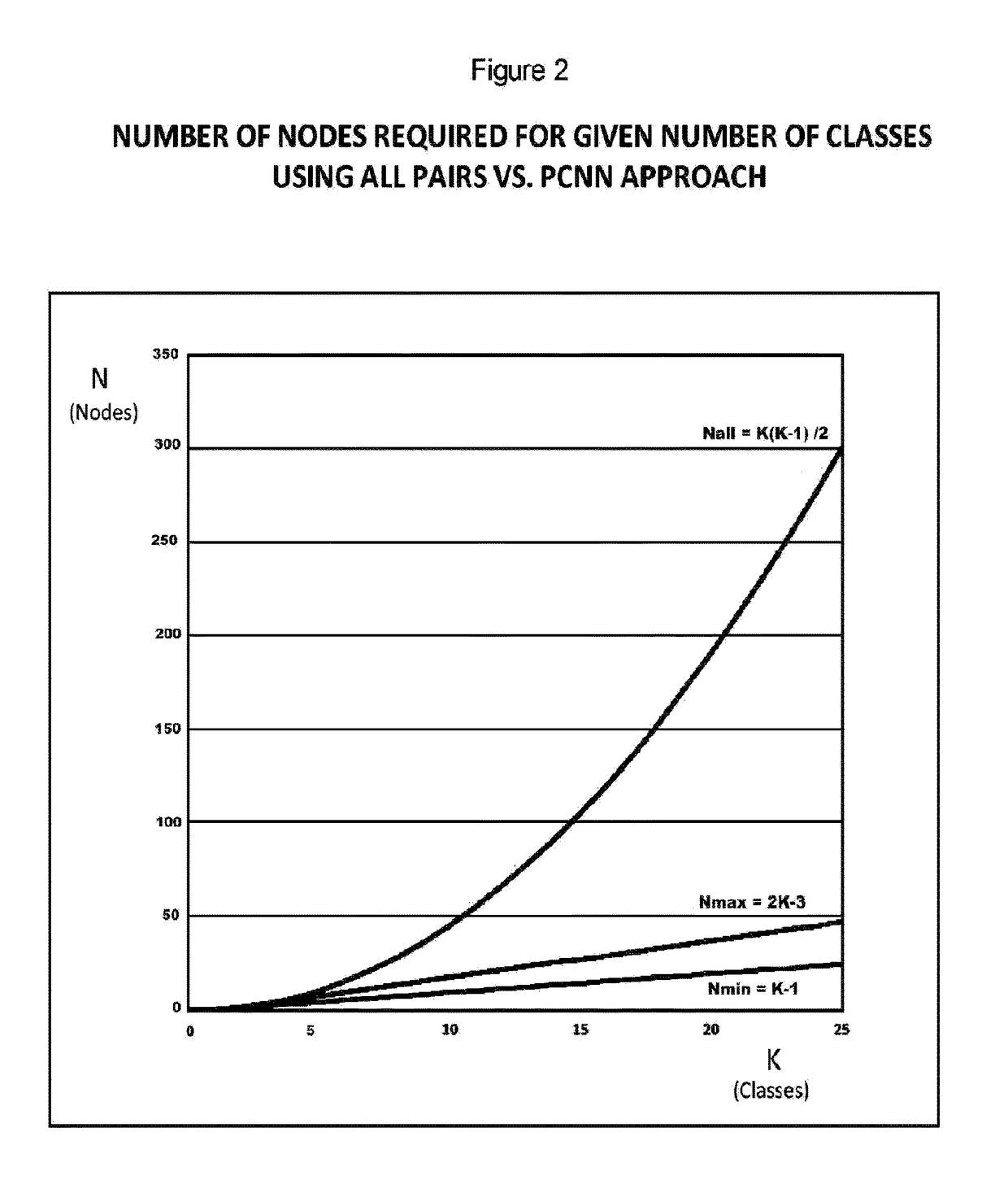A self-learning system and methods for automatic document recognition, authentication, and information extraction
a document recognition and self-learning technology, applied in the field of self-learning system and methods for automatic document recognition, authentication, and information extraction, can solve the problems of increasing training time, increasing workload, and increasing difficulty for document inspectors and security personnel, so as to reduce training time, reduce workload, and eliminate processing/memory constraints
- Summary
- Abstract
- Description
- Claims
- Application Information
AI Technical Summary
Benefits of technology
Problems solved by technology
Method used
Image
Examples
Embodiment Construction
Overview
[0061]Some embodiments of the present invention may be practiced on a computer system that includes, in general, one or a plurality of processors for processing information and instructions, RAM, for storing information and instructions, ROM, for storing static information and instructions, a data storage unit such as a magnetic or optical disk and disk drive for storing information and instructions, modules as software units executing on a processor, an optional user output device such as a display screen device (e.g., a monitor) for display screening information to the computer user, and an optional user input device.
[0062]As will be appreciated by those skilled in the art, the present examples may be embodied, at least in part, in a computer program product embodied in any tangible medium of expression having computer-usable program code stored therein. For example, some embodiments described can be implemented by computer program instructions. The computer program instru...
PUM
 Login to View More
Login to View More Abstract
Description
Claims
Application Information
 Login to View More
Login to View More - R&D
- Intellectual Property
- Life Sciences
- Materials
- Tech Scout
- Unparalleled Data Quality
- Higher Quality Content
- 60% Fewer Hallucinations
Browse by: Latest US Patents, China's latest patents, Technical Efficacy Thesaurus, Application Domain, Technology Topic, Popular Technical Reports.
© 2025 PatSnap. All rights reserved.Legal|Privacy policy|Modern Slavery Act Transparency Statement|Sitemap|About US| Contact US: help@patsnap.com



